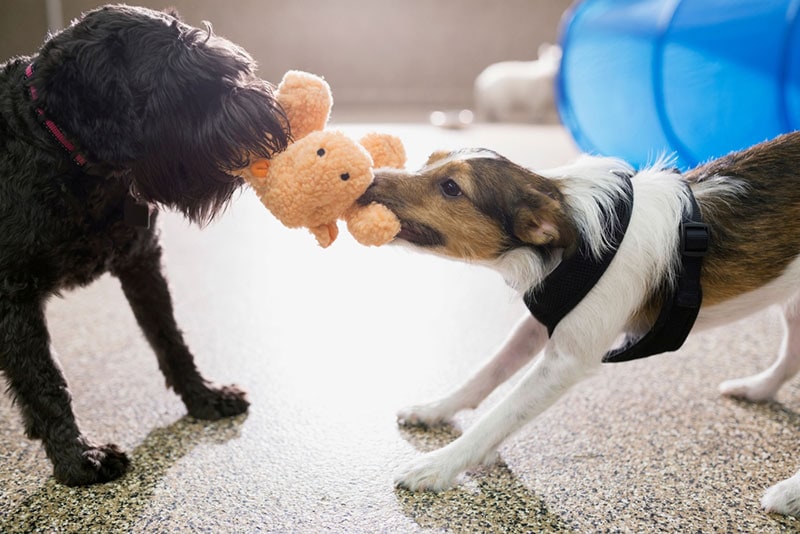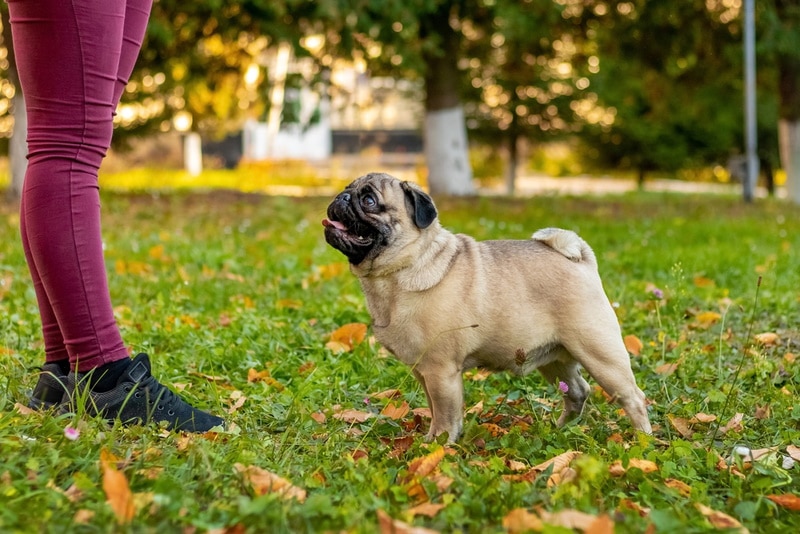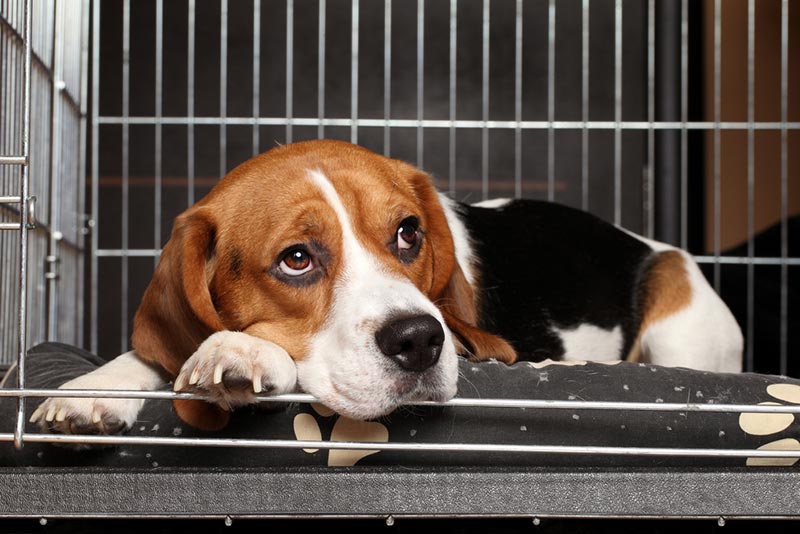Why Do Dogs Wink? 4 Potential Reasons
Updated on
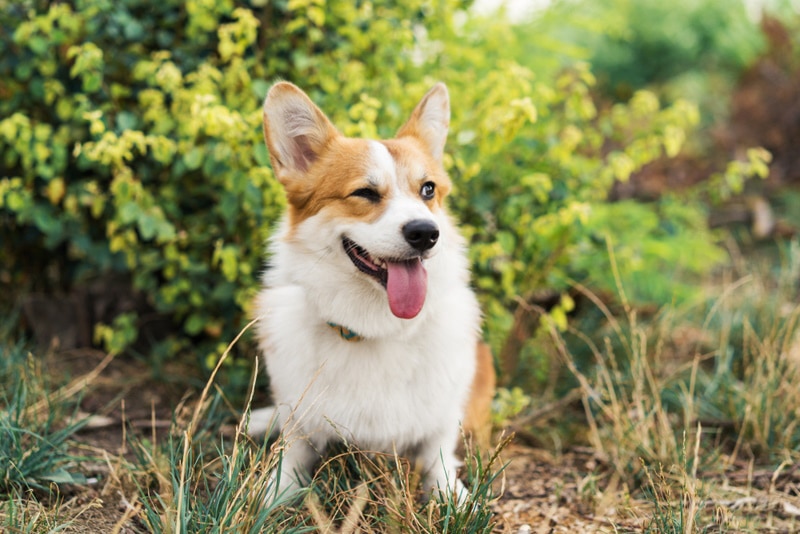
Winking isn’t just for humans; dogs can also wink! Dogs are fun creatures who amuse their owners on a daily basis, and winking is just one of many cute antics a dog may engage in. Suppose you’ve ever looked at your dog and noticed them winking at you. In that case, there are a few potential reasons for the behavior, some intentional and some non-intentional, such as a medical issue.
Join us in discovering the four potential reasons why dogs wink so you can appreciate the behavior even more or know if a trip to the vet is warranted for an exam.
What Is a Dog Wink?
Before we dive into the potential reasons why dogs wink, let’s learn exactly what a dog wink is. A dog wink is a particular facial expression in which one eye stays open and the other closes, typically very quickly and briefly, before opening back up. A dog wink is similar to a human wink, but the difference is that the wink comes from a different reason (not a response to a joke like with humans), but it can be comparable to a human act, which we’ll cover next.

The 4 Reasons Why Dogs Wink
1. They’re Trying to Get Your Attention
Your dog winking at you may be as innocent as trying to get your attention. If you give your dog love and affection when they wink at you, you are unintentionally encouraging the behavior. But hey, as long as it’s not a medical issue, enjoy the cuteness overload.
2. They Are Mimicking You
If you notice that your dog winks at you frequently, there’s a possibility that your dog is mimicking you if you do it often. Copying your winking may also be a way for your dog to show affection toward you. Dogs are intelligent creatures and are quite capable of mimicking their owners, and winking is no different. In fact, a 2017 study concluded that human attention affects facial expressions in canines, so if you wink at your dog, your dog may simply be copying your behavior1.
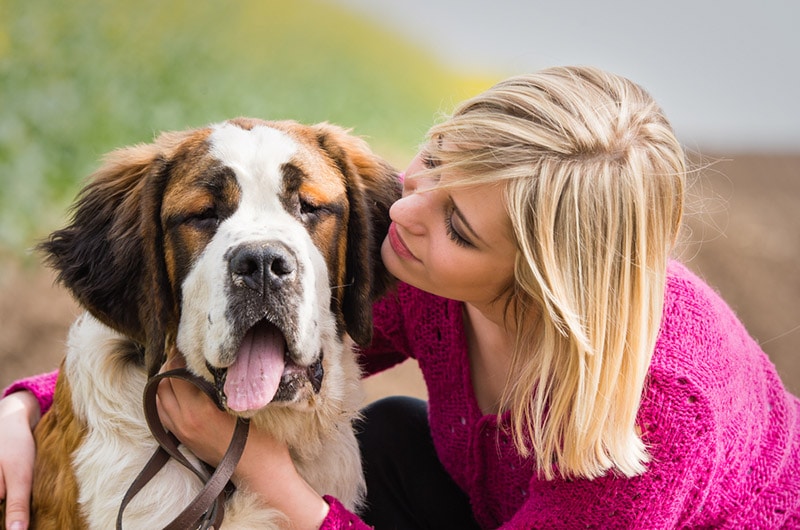
3. They Are Being Submissive
A wink may also be a submissive tactic when your dog is around other canines. A submissive dog will tuck the tail under the legs, lay the ears flat against the head, and cower. A submissive dog will also avoid staring into the eyes of a potential threat, which translates into meaning no harm. As a result, a dog may blink rapidly to convey this information. For humans, engaging in eye contact is considered respectful, but for dogs, staring can be a sign of dominance and aggression.
4. It’s a Medical or Health Issue
A dog winking is not always for innocent reasons, as a health issue could be the culprit.
- Canine Blepharospasm: This condition refers to a temporary spasm of the eyelid. The condition can affect one or both eyes. The affected eyelid may be irritated, swollen, itchy, or red. A dog with this condition will typically scratch the eye, causing more irritation. A colored or clear discharge may be present, as well as crusty flakes around the eye.
- Entropion: Entropion is an eyelid abnormality in which the eyelid rolls inward. The condition is painful because the hair surrounding the surface of the eyelid can scratch the cornea and cause corneal ulcers, perforations, and pigment development, which can hinder vision. One typical sign is squinting or “winking.”
Entropion is usually a hereditary disorder that is particularly seen in certain breeds, such as the Bull Mastiff, Bloodhound, English Bulldog, Shar Pei, Golden Retriever, Labrador Retriever, Great Dane, Rottweiler, Standard Poodle, and Irish Setter. The good news is the condition can be corrected with surgery and has a promising prognosis.
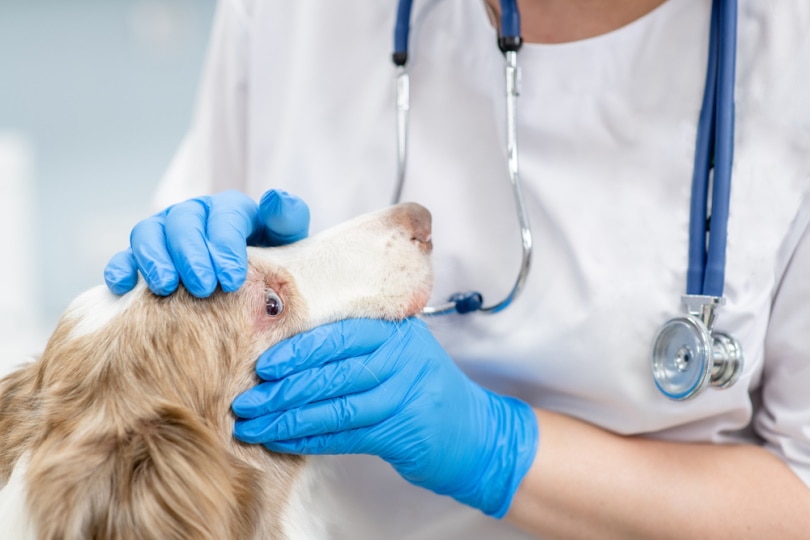
Conclusion
A dog winking may be an innocent gesture or a medical issue that needs addressing. Telltale signs of a medical issue are irritation to the eye, redness, discharge, crusty flakes around the eye, or a swollen eye. If you notice any of these signs, you must take your dog to the vet for an exam. Most times, the issue can be treated easily or with surgery. If a medical issue is not the reason, you can sit back and enjoy your dog’s silly behaviors.
Featured Image Credit: Masarik, Shutterstock

